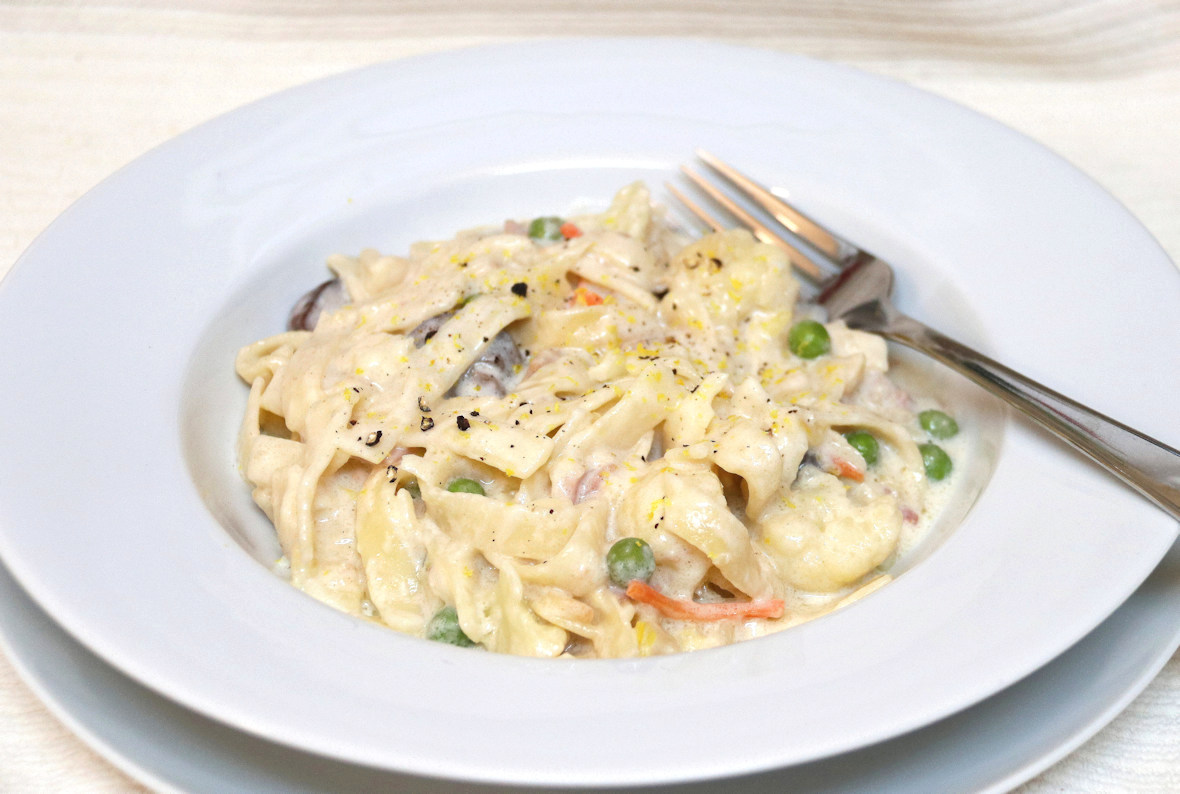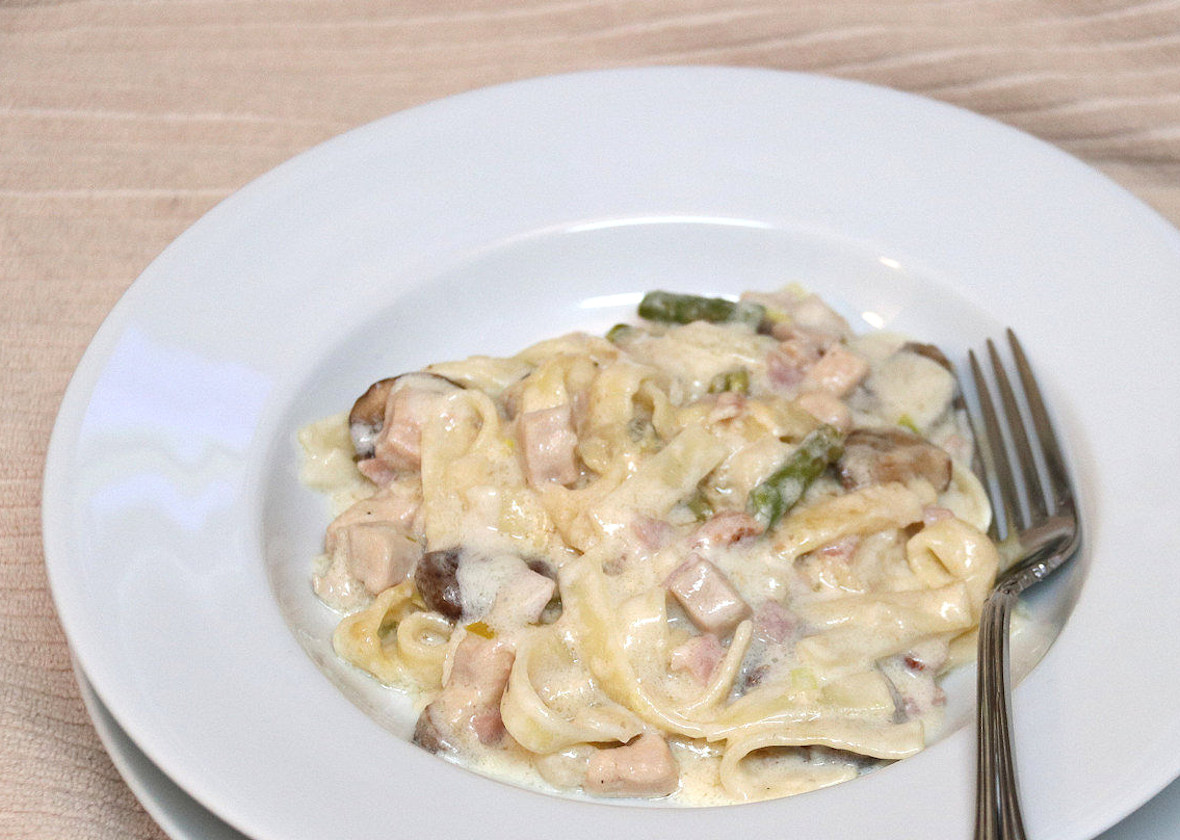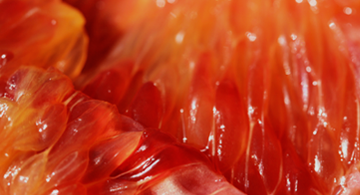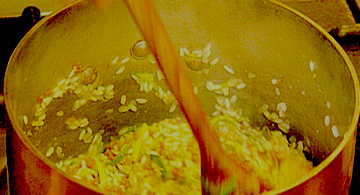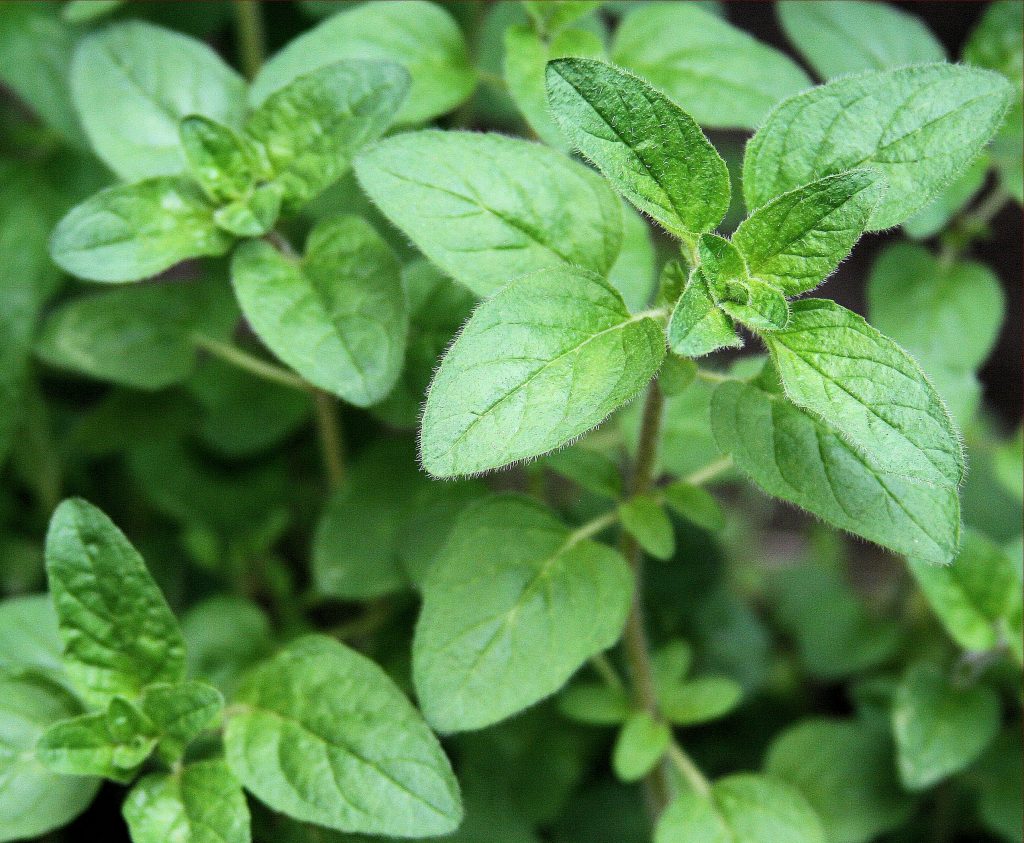
Indigenous to the Mediterranean, Origanum maiorana (majorana), or Sweet Marjoram, has spanned millennium as a cultural and religious symbol, and as a medicinal herb of great importance. As the Symbol of Happiness in ancient Greece and Rome, marjoram’s powers endured even through the 16th-century, for Shakespeare included a loving reference to it in his Sonnet 99. This perennial herb genus has about 20 species, and prefers full sun and well-drained soil. Sensitive to cold, it grows well in southern Europe, especially in Provence, France, and eastward along the Ligurian coast and down onto the island of Sicily. Oregano is referred to as Wild Marjoram in some European and middle-eastern countries and has a more assertive flavor than Sweet Marjoram. Currently major commercial exporters are northern Africa and Sicily.
Traditions: Sweet Marjoram was sacred to Shiva and Vishnu in India, and Osiris in Egypt. Newly married Greek couples would be crowned with marjoram flowers. In Sicily, marjoram was thought to have to the power to banish sorrow.
Applications: Sweet Marjoram is the Queen of the aromatic herbs. It is a tonic, a digestive, an expectorant, and a sedative so it is known to relieve anxiety and insomnia. Pliny prescribed ingesting marjoram for stomach disorders. Thankfully we do not endure many scorpion stings these days, but in the days of Platina, he recommended marjoram to be ground, mixed with vinegar, then applied to the sting. In medieval times along with thyme, marjoram was effective as a meat preservative and a disinfectant. The Medical School of Salerno (10th-13th centuries) recommended ingesting marjoram as an antispasmodic and a good expectorant. Sachets and poultices included this herb and were pressed onto the chest. Mixed with honey, it was consumed to reduce or omit coughs. In ancient Greece, Sweet Marjoram was used in ointments to help retain color in hair and eyebrows. Today it is widely used by the cosmetic industry for soaps, creams, gels and lotions. Do not use during pregnancy.
Chinese Medicine: Sweet Marjoram is considered cool and pungent. It induces perspiration and is a diuretic. It promotes energy circulation and increases the appetite. It is believed to regulate body temperature and help prevent hot diseases. During summer, marjoram infusion is a substitute for tea.
Sweet Marjoram Essential Oil: Calming and soothing, this essential oil has a warming effect on mind and body. As a massage oil, rub into sore, tired muscles. It counters the stiffness and soreness of arthritis and sprains. Make a mouthwash from warm boiled water and a drop of marjoram oil to use for thrush, gum infections, and sore throats.
Culinary Uses: Delicate in aroma and taste, marjoram is best used with mild ingredients that enhance marjoram’s flavor and vice-versa, such as artichokes, green beans, peas and potatoes. A favorite herb in sausages, marjoram also marries well with veal, chicken and rabbit. While not an herb of dominance, its subtlety adds a special flavor to fish soups and stews, sauteed flounder and sole, and poached trout. Add some fresh leaves to your vegetable salad or lettuce salad. Occasionally marjoram is paired with thyme in cooking, and is often used in making herbal digestivo.
* This synopsis imparts valuable information that could be beneficial as part of a wellness program. Its purpose is to open the thought process to consider including herbs and spices as natural supplements in personal regimens. Briefly stating how the plant was valued and used historically in different ages and cultures, it lists some current uses. If interested in this particular plant, please extend your research via books and articles for more details and uses.
With increasing interest for including alternative therapies with standard drug therapy, research continues, so this topic evolves continuously. Please consult your wholistic and holistic practitioners, homeopaths, nutritionists, dentists, and physicians to keep yourself updated if you choose to incorporate or ingest the plant in any form for medical purposes.
